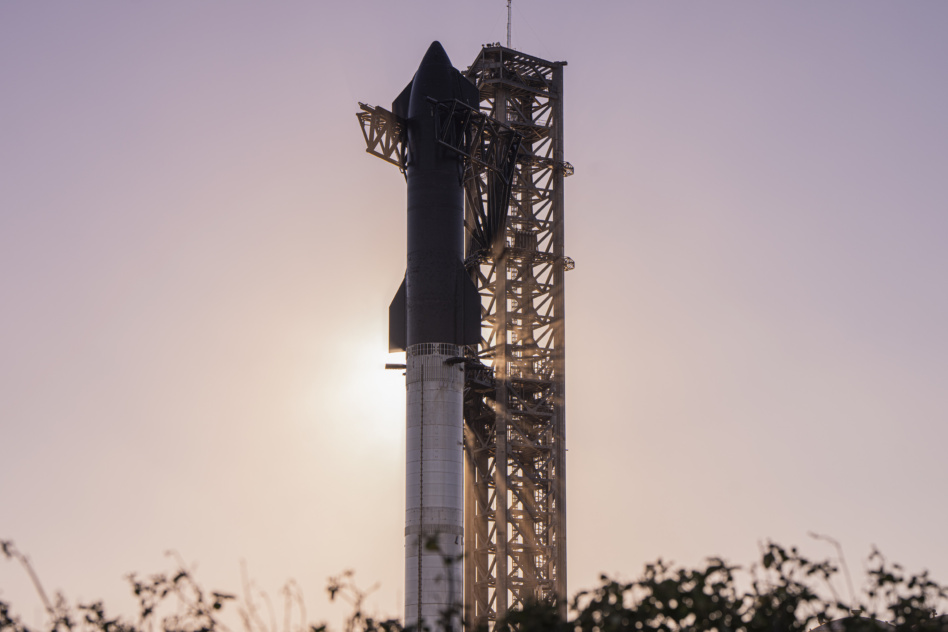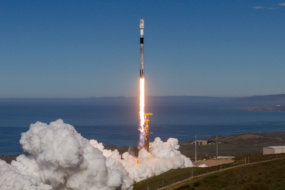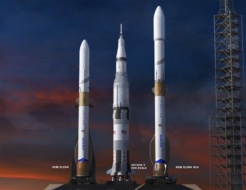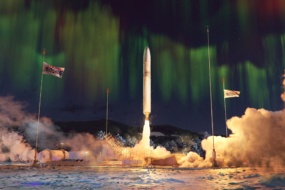SpaceX is advancing toward testing propellant transfer capability on its Starship Human Landing System (HLS), a significant milestone in its lunar transport architecture.
On Monday, a NASA presentation revealed Starship could attempt a 10-ton internal transfer of extremely cold liquid oxygen propellant from one tank to another on its next Starship launch (IFT-3). However, an agency spokesperson cautioned Payload after the meeting that no final decision has been made.
Tipping point: The test is part of SpaceX’s 2020 $53M Tipping Point contract and requires the company to demonstrate the cryogenic tank-to-tank fuel transfer to provide insights for larger vehicle-to-vehicle transfers—a key capability needed for its lunar lander to ferry Artemis astronauts to the Moon.
The plan for Starship’s journey to the Moon:
- While difficult to pin down, NASA estimates that SpaceX will launch anywhere between 8 and 16 propellant tanker Starships in rapid cadence to LEO, each carrying between 100 and 150 T of fuel (liquid oxygen and liquid methane).
- The tankers will dock to a larger depot in orbit to transfer fuel.
- The orbiting depot will then dock with HLS Starship to fill its 1,200-ton tanks.
- The Starship lander will then head off to the Moon for a landing.
If that’s not complex enough, NASA and SpaceX will need to solve the cryogenic boil-off problem.
Boil-off: Cryogenic fuels (liquid methane, hydrogen, and oxygen) are all the rage with next-gen heavy-lift rockets. While cryogenic fuels offer superior performance compared to traditional kerosene, they need to be stored at extremely low temperatures—presenting a challenge in space where temps swing from incredibly cold (not a problem) to incredibly hot (big problem).
- If cryogenic fuels get too hot, it can boil off into gas, resulting in fuel loss.
NASA and SpaceX are working hand-in-hand to solve the launch, refueling, and cryo management challenges. When they do, there’s a big payoff waiting in the form of a lunar lander capable of transporting a staggering ~100 tons to the lunar surface.




